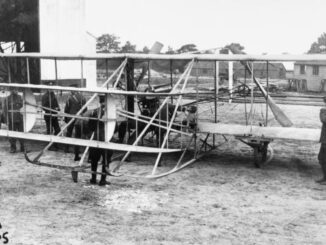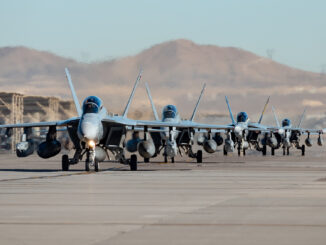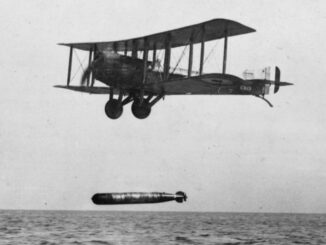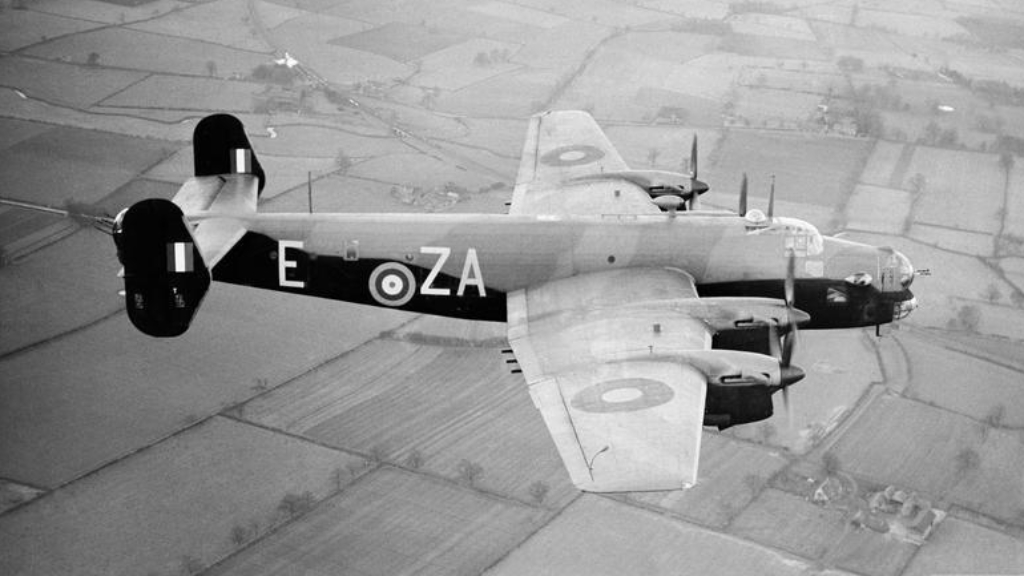 The Handley Page Halifax was a heavy bomber with twin vertical stabilisers, developed in response to Specification P.13/36 issued by the British Air Ministry in 1936. This document outlined the need for a medium-sized, high-performance bomber aircraft to act as a kind of back-up to another RAF aircraft in the same class, the Avro 679 (Avro Manchester).
The Handley Page Halifax was a heavy bomber with twin vertical stabilisers, developed in response to Specification P.13/36 issued by the British Air Ministry in 1936. This document outlined the need for a medium-sized, high-performance bomber aircraft to act as a kind of back-up to another RAF aircraft in the same class, the Avro 679 (Avro Manchester).
The first two prototypes of the new Handley Page bomber, initially designated HP.56, were built as early as 1937. Originally, the aircraft was powered by two Rolls-Royce Vulture engines, the same type used in the Avro Manchester.
However, these were soon replaced by four Rolls-Royce Merlin X engines, each fitted with two-speed supercharger and generating between 1,010 and 1,145 hp depending on altitude. This change also enabled a slight increase in the dimensions of the airframe, although its overall design remained largely the same.
On 25 October 1939, the prototype of the new bomber, piloted by chief test pilot Jim Cordes and E. A. “Ginger” Wright, performed its maiden flight.
The Handley Page Halifax entered operational service on 13 November 1940, being assigned to No. 35 Squadron RAF. However, the new bomber had to wait until March 1941 for its first combat mission. It was carried out on the night of 10/11 March 1941, when six Halifax aircraft raided the Kriegsmarine docks at Le Havre. The RAF kept the existence of the new bomber confidential until July 1941, officially confirming it during a daylight raid on the German battleship Scharnhorst, at that time located at La Pallice, the deep-water port of La Rochelle, France.
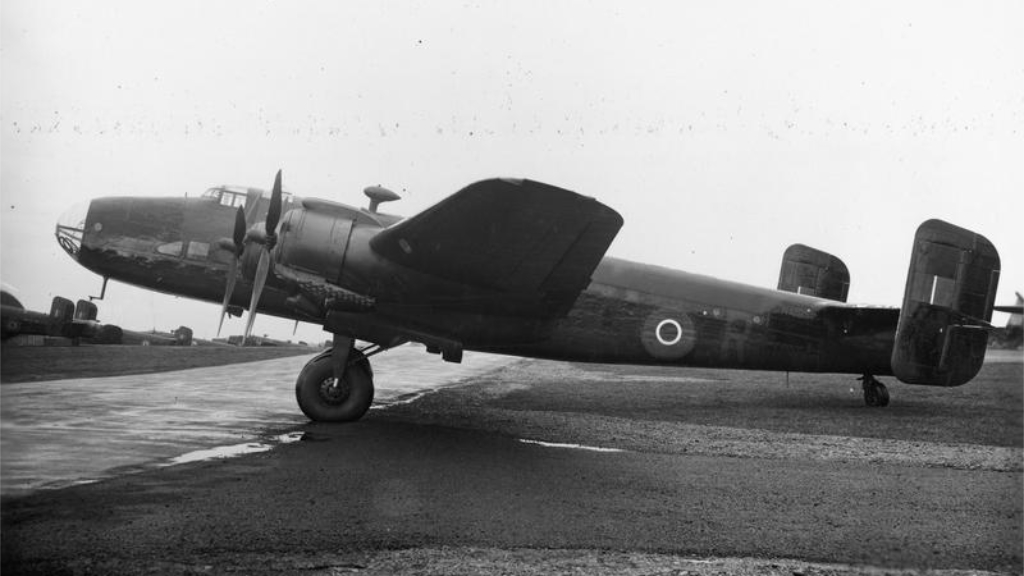
Over the following years, Halifax bombers conducted numerous night-time raids against targets in Germany and occupied Europe. After D-Day, they were also used for daytime operations, for example against V-1 launch sites. In 1944, twenty-six Bomber Command squadrons were equipped with Handley Page Halifax aircraft. They were also the only British four-engine bombers deployed in the Middle East, operating from Palestine.
The Handley Page Halifax was also widely used for special operations, carrying out solitary, long-range night missions over German-occupied territory to supply and support various resistance groups in Europe. The aircraft were also employed in maritime patrols and coastal defence (operating from the UK and Gibraltar), used to tow gliders and for airborne troop transport.
The last combat flight of a Handley Page Halifax took place on 3 May 1945, but the type remained in active service until 1952, mostly in patrol and transport variants. In total, 6,176 Halifax bombers were manufactured in fourteen different variants. During the Second World War, they performed 75,532 combat operations and dropped 227,610 tonnes of bombs.
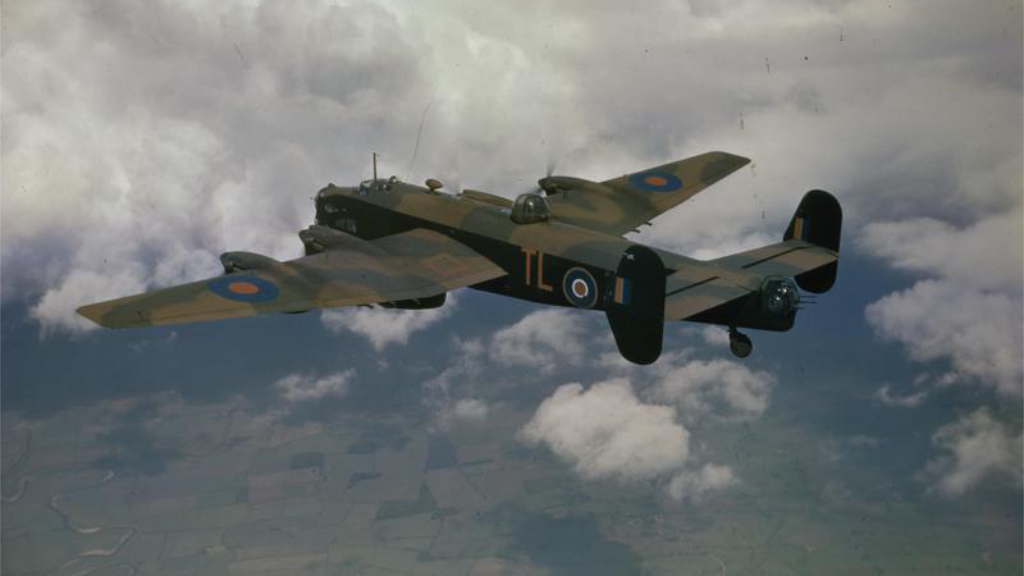
Cover photo: Halifax Mark II Series 1, L9619 ZA-E, of No. 10 Squadron RAF based at Leeming, Yorkshire, in flight (© IWM CH 4435, cropped).
All Imperial War Museums´ photos used under IWM Non-Commercial licence.

